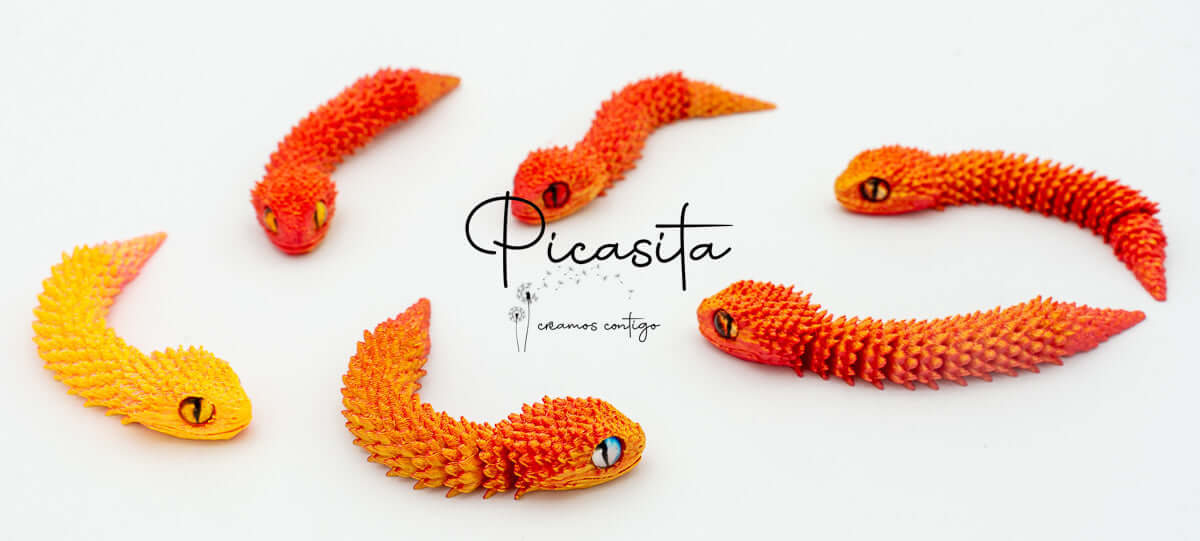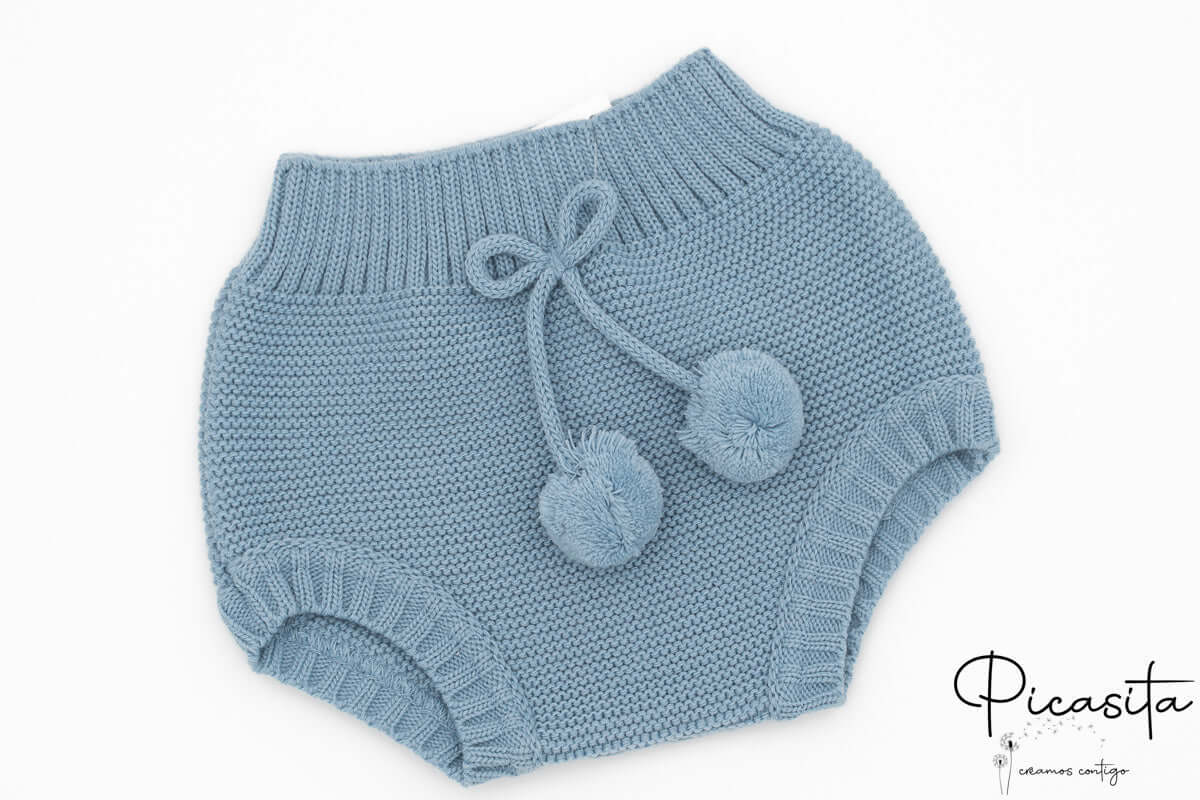
Complementary Feeding: A Guide for New Parents
, by Picasita Regalos Originales, 2 min reading time


, by Picasita Regalos Originales, 2 min reading time
Begin your baby's culinary adventure! Discover when and how to introduce solid foods safely and successfully, following the WHO recommendations for nutritious and happy complementary feeding.
Complementary feeding is an exciting milestone in your baby's development. It marks the transition from a diet based exclusively on breast milk or formula to the gradual introduction of solid foods. This process, full of discoveries and sometimes challenges, is crucial for your little one's healthy growth and development.
The World Health Organization (WHO) recommends starting complementary feeding around 6 months of age. At this age, most babies show signs of readiness for solid foods, such as the ability to sit with support, control their head and neck, and show interest in food. It's essential to remember that every baby is different, so it's important to observe your child's cues and consult with their pediatrician before starting.
Traditionally, it has been recommended to start with smooth purees of vegetables and fruits, such as pumpkin, carrot, apple, or pear. However, current recommendations suggest greater flexibility. You can offer a wide variety of foods, as long as they are well cooked and pureed to prevent choking. Some examples include vegetables, fruits, grains (such as rice or oats), legumes, and animal proteins (such as chicken or white fish). The important thing is to introduce a new food each time and wait a few days to observe for any allergic reactions.
![]()
Baby-led weaning (BLW) is an alternative method that involves offering babies chunky foods from the beginning, allowing them to explore and feed themselves. This approach encourages babies' autonomy and allows them to develop motor and sensory skills. If you're considering BLW, be sure to educate yourself and take precautions to avoid choking.
In short, complementary feeding is a crucial stage in your baby's development. With patience, observation, and a positive attitude, you can help your child discover the wonderful world of food and establish healthy eating habits from an early age. Always remember to consult your pediatrician for personalized guidance and to address any questions you may have.


